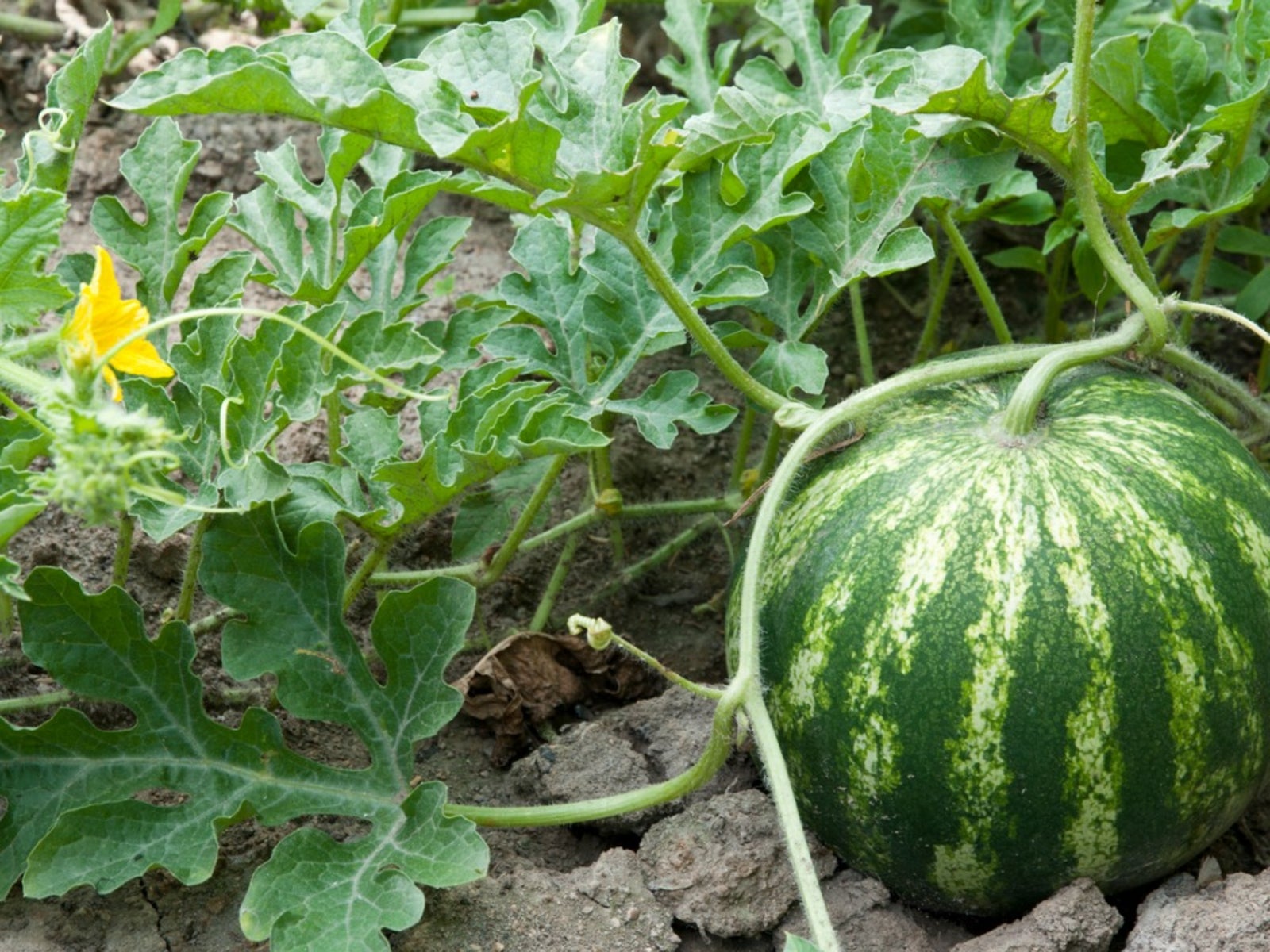Watermelon Bacterial Rind Necrosis: What Causes Watermelon Rind Necrosis


Watermelon bacterial rind necrosis sounds like an awful disease you could spot on a melon from a mile away, but no such luck. Bacterial rind necrosis disease usually is visible only when you cut open the melon. What is watermelon rind necrosis? What causes watermelon rind necrosis? If you’d like more information about watermelon bacterial rind necrosis, this article will help.
What is Watermelon Rind Necrosis?
Watermelon bacterial rind necrosis is a disease that causes discolored areas in the rind of the melon. The first watermelon rind necrosis symptoms are hard, discolored rind areas. Overtime, they grow and form extensive dead-cell areas on the rind. These usually do not touch the melon flesh.
What Causes Watermelon Rind Necrosis?
Experts believe that watermelon rind necrosis symptoms are caused by bacteria. They think that the bacteria are naturally present in the watermelon. For reasons they do not understand, the bacteria causes symptom development. Plant pathologists have identified different bacteria from necrotic areas in the rind. That’s why the disease is often referred to as bacterial rind necrosis. However, no bacteria have been identified as the one that causes the problems. Currently, scientists conjecture that the normal watermelon bacteria are affected by a stressful environmental condition. This, they speculate, triggers a hypersensitive response in the fruit rind. At that point, bacteria living there die, causing nearby cells to die. However, no scientists have verified this in experiments. The evidence that they have found suggests that water stress may be involved. Since the necrosis does not cause watermelon rind necrosis symptoms on the outside of the melons, it is usually the consumer or home growers who discover the problem. They cut into the melon and find the disease present.
Bacterial Rind Necrosis Disease Control
The disease has been reported in Florida, Georgia, Texas, North Carolina, and Hawaii. It has not become a severe annual problem and shows up only sporadically. Since it is difficult to identify fruits that have been infected by watermelon bacterial rind necrosis before cutting into them, the crop cannot be culled. Even a few diseased melons can cause an entire crop to be taken off the market. Unfortunately, no control measures exist.
Gardening tips, videos, info and more delivered right to your inbox!
Sign up for the Gardening Know How newsletter today and receive a free copy of our e-book "How to Grow Delicious Tomatoes".

Teo Spengler is a master gardener and a docent at the San Francisco Botanical Garden, where she hosts public tours. She has studied horticulture and written about nature, trees, plants, and gardening for more than two decades. Her extended family includes some 30 houseplants and hundreds of outdoor plants, including 250 trees, which are her main passion. Spengler currently splits her life between San Francisco and the French Basque Country, though she was raised in Alaska, giving her experience of gardening in a range of climates.
-
 Moody Blooms For Spring: 8 Types Of Black Flowers To Add Drama To Spring Displays
Moody Blooms For Spring: 8 Types Of Black Flowers To Add Drama To Spring DisplaysFrom midnight burgundies to inky violets, several types of black flowers can enrich and embolden a spring display. Try these brooding bloomers for a moody garden
By Tonya Barnett
-
 My Homemade Orchid Fertilizer Always Brings More Blooms – Here's The Easy Recipe That Transforms Plants
My Homemade Orchid Fertilizer Always Brings More Blooms – Here's The Easy Recipe That Transforms PlantsScientist-turned-gardener Mary Ellen Ellis shares her tried-and-tested DIY orchid fertilizer recipe, plus more ingredients to try for healthy, happy plants.
By Mary Ellen Ellis